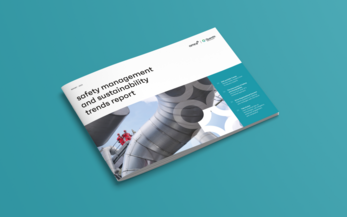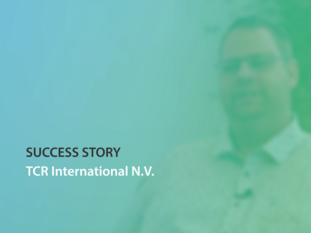10 minutes02/08/2021
When a crisis like the Corona pandemic hits globally active companies, already existing challenges in occupational safety and legal compliance are multiplied exponentially. Locations of various sizes, with differing company cultures and procedural structures face different levels of severity pandemic and are subject to different legal regulations based on their level of risk. The accelerated pace with which changes of all sorts occur must also be taken into account. Under such conditions, many types of work and production suddenly become hard-to-justify legal and safety risks.
This doesn’t have to be the case. Every crisis of this scale a company faces also has a silver lining. You can use the close attention top of management is paying to make the impossible possible for EHS concerns. A crisis is the ideal time to optimize occupational safety processes permanently, ensuring legal conformity and occupational safety in the long run.
How it's done: The crisis as a stepping stone
The Austrian industrial technology company Miba paves the way. With over 30 production and sales locations in Europe, North and South America and Asia, the company was able to set processes in motion during the Corona pandemic that will positively affect the safety culture of the company long after Corona subsides. Read on to find out how Miba’s Corporate EHS & Facility Manager Franz Almhofer-Amering was able to get the ball rolling and how the software solution Quentic was able to support him significantly in his efforts. Using the real-world example of Miba’s crisis management during the Corona pandemic, we can derive a list of helpful tips that could also enhance your company in such crises.








